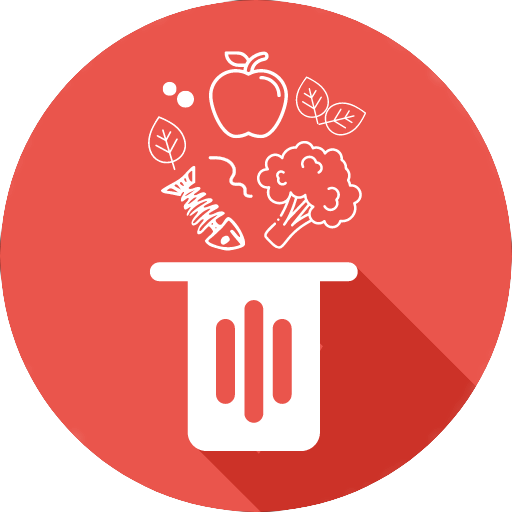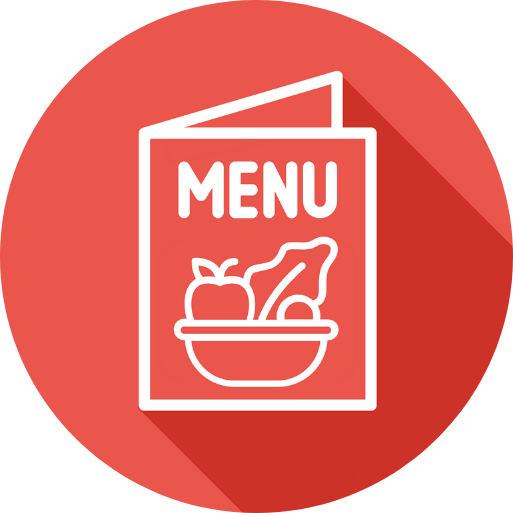In recent years, there has been increasing interest in using behavioral economics principles to "nudge" individuals towards making healthier and more sustainable choices. One area where these nudges may be particularly effective is in reducing food waste and increasing vegetable intake.
Posted in Archive, Conversion
published on Tuesday, 10 January 2023
Maybe it’s just me, but the food labels communicating the amount of calories on the back of food packages don't always speak to me. Don’t get me wrong, when I see a label stating “840 kcal” on the back of my nicely smelling pizza, it does hurt a bit. But, anything less than those extremes is hard to grasp for me, and the lazy person I am, I tend to skip this information instead of going online to find out what it exactly means.
Posted in Archive, Conversion
published on Tuesday, 27 December 2022
In 2016, we shared an interesting study on how food arrangement can be used to nudge us towards healthier choices: How To Make People Prefer A Dry Salad Over A Tasty Cheeseburger.
The study demonstrated that choice for healthy foods can be increased by simply displaying them on the left side of their lesser healthy counterparts. For example, displaying the salads on the left page of a restaurant menu, and the burgers on the right page, will lead significantly more patrons to order the former. In similar vein, supermarkets whose shelfs display healthier options to the left side will bear a similar positive influence on our health.
Will a few design tricks put a stop to the epidemic of obesity? Likely not – but as goes for many small adjustments in our daily lives: they compound and make a substantial difference in the long run. Now, a new study has been published that further explores under what circumstances the healthy left effect is likely to arise.
Posted in Archive, Conversion
published on Tuesday, 15 November 2022

If there’s one thing that retail psychologists have learned over the years, it’s that choice isn’t always good. Few people will be excited by facing 382 options of laundry detergent. Alternatively, 382 options of craft beer may be exactly what pulls the customer into the aisle (it works for me), sparking the promise of hoppy exploration.
While choice can be alluring and liberating in some purchase contexts, it can be downright paralyzing in others.
This explains why in many studies, both in the real world and the lab, decreasing choice has been found to be beneficial for the bottom-line sales. (don’t worry, I won’t be citing the infamous ‘jam study’, which adorns the opening paragraph of so many articles on product assortment) On the other hand, many other studies still show the adage ‘the more the merrier’ to be true on the store shelf as well.
Clearly, whether choice is good depends on moderating factors such as product category, type of store and the shopper itself. Fortunately, Sethuramana et al. (2022) conducted a large-scale meta-analysis, providing insight into how these factors operate and intertwine to influence shopping outcomes. The researchers analyzed an impressive number of 177 studies obtained from 95 academic papers published during 1970–2021.
In this blog, we’ll sum up their most essential findings and discuss important practical implications for retailers.
Posted in Archive, Strategy, Conversion
published on Tuesday, 12 July 2022
How often do you research a product online before going to the physical shop to make your purchase? Most modern-day shoppers can no longer live without the so-called process of webrooming.
In fact, at least 74% of shoppers are webroomers. Almost half of webroomers do so because of a need for touch (NFT): the desire to feel, touch or smell a product before making the decision to buy.
Understanding such cross-channel customer experiences is a must for modern-day retailers. Get ready to find out just how going through online shopping windows and the need for touch influence customers’ in-store shopping behavior.
Posted in Archive, Conversion
published on Monday, 13 June 2022




